tigidig4x
TPF Noob!
- Joined
- May 18, 2013
- Messages
- 57
- Reaction score
- 1
- Location
- Davao City, Philippines
- Can others edit my Photos
- Photos OK to edit
Hi guys, I just want to ask why do people say that prime lenses are good for low light? I am thinking that because of the small apertures, the more light it could detect and you could use the extra light to use higher shutter speed. Am i thinking right? Or there is more something technical? Thanks guys.


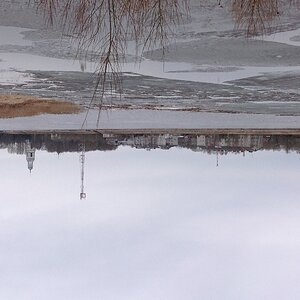
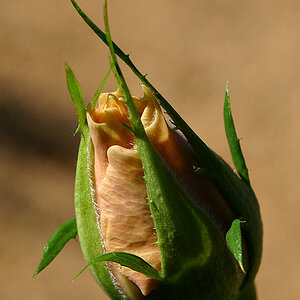
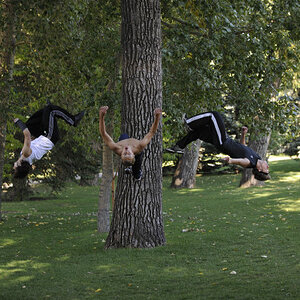
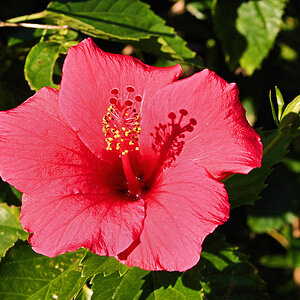
![[No title]](/data/xfmg/thumbnail/39/39497-93752210dd49247220721e5ac8c61245.jpg?1619739055)
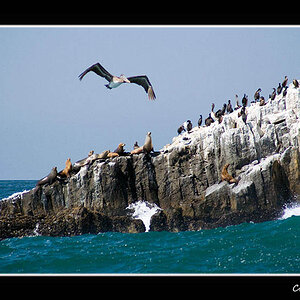
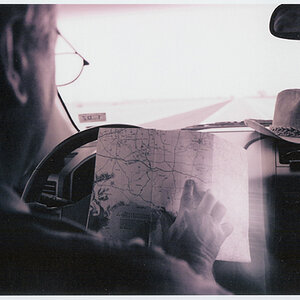
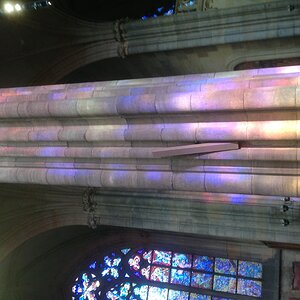
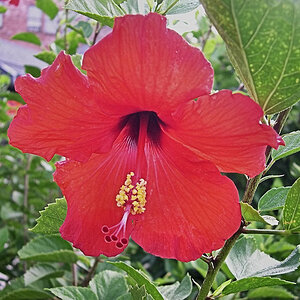
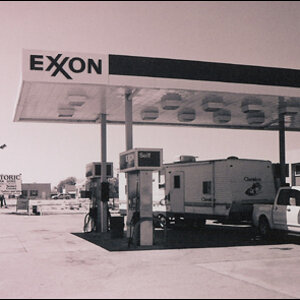
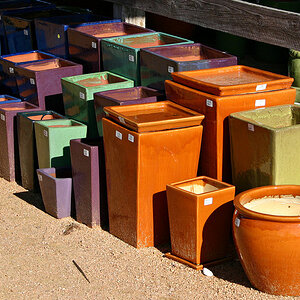
![[No title]](/data/xfmg/thumbnail/36/36673-19735e6d336c221f19091dde4a33c534.jpg?1619737676)